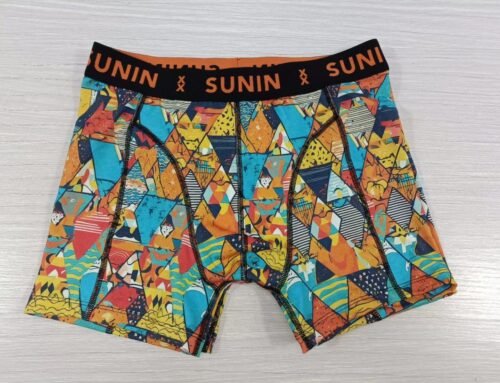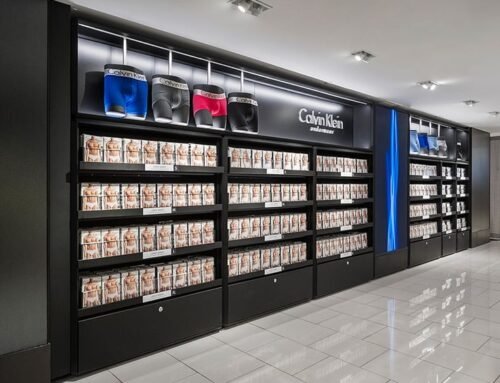Many entrepreneurs and small brands are often surprised when they hear that custom underwear manufacturing requires thousands of pieces per order. This high minimum order quantity (MOQ) is not arbitrary—it is the result of multiple production and cost factors in the underwear industry. Below, we explain why factories usually set such requirements and why it benefits both the manufacturer and serious buyers.
1. High Development Costs
Developing a new underwear design is an expensive process. From fabric sourcing to waistband customization, multiple materials and processes are involved. In addition, the manpower cost of developing patterns and prototypes is high.
If the order is small and there is no repeat production, the profit may not even cover the development costs.
Factories must hire experienced pattern makers, whose fees are significant, to ensure perfect sizing and quality.

2. Time-Consuming Sampling Process
Sample production for custom underwear takes time. After the samples are made, the customer needs to confirm them before bulk production can begin. This whole process can take up to three months.
Underwear has more complex sewing techniques than many other garments.
Each prototype revision increases costs, and if the customer cancels, the factory absorbs the loss.
Therefore, most factories charge a sampling fee to protect against wasted resources.
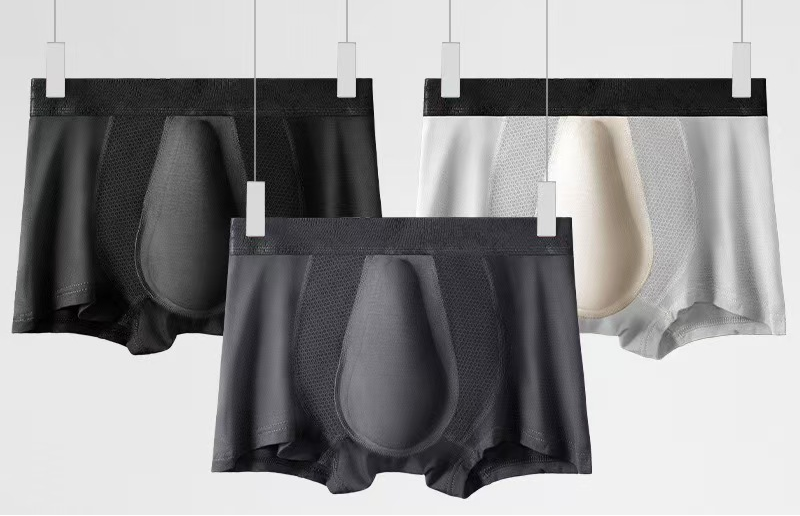
3. High Communication and Management Costs
Custom orders require ongoing communication. Dedicated staff must track changes, follow up with customers, and coordinate production details. This labor cost adds up, especially if the order is small.
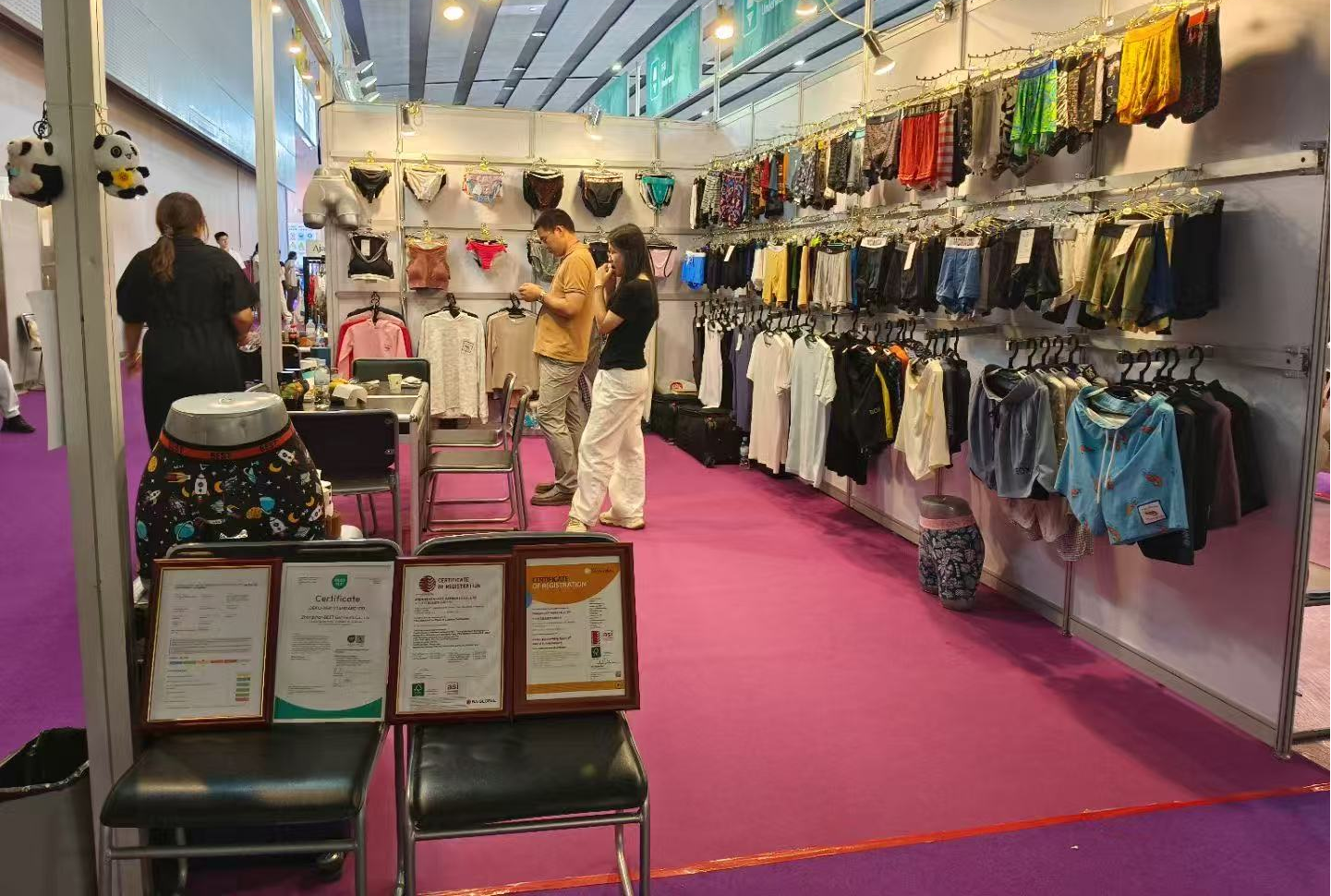
4. Production Line Challenges
Introducing a new product to the production line requires workers to adapt, which usually takes 1–2 days.
If the order is too small, workers finish just as they are becoming skilled, reducing efficiency.
Small orders can negatively impact workers’ income and motivation.
For factories, this creates challenges in managing quality and delivery deadlines.
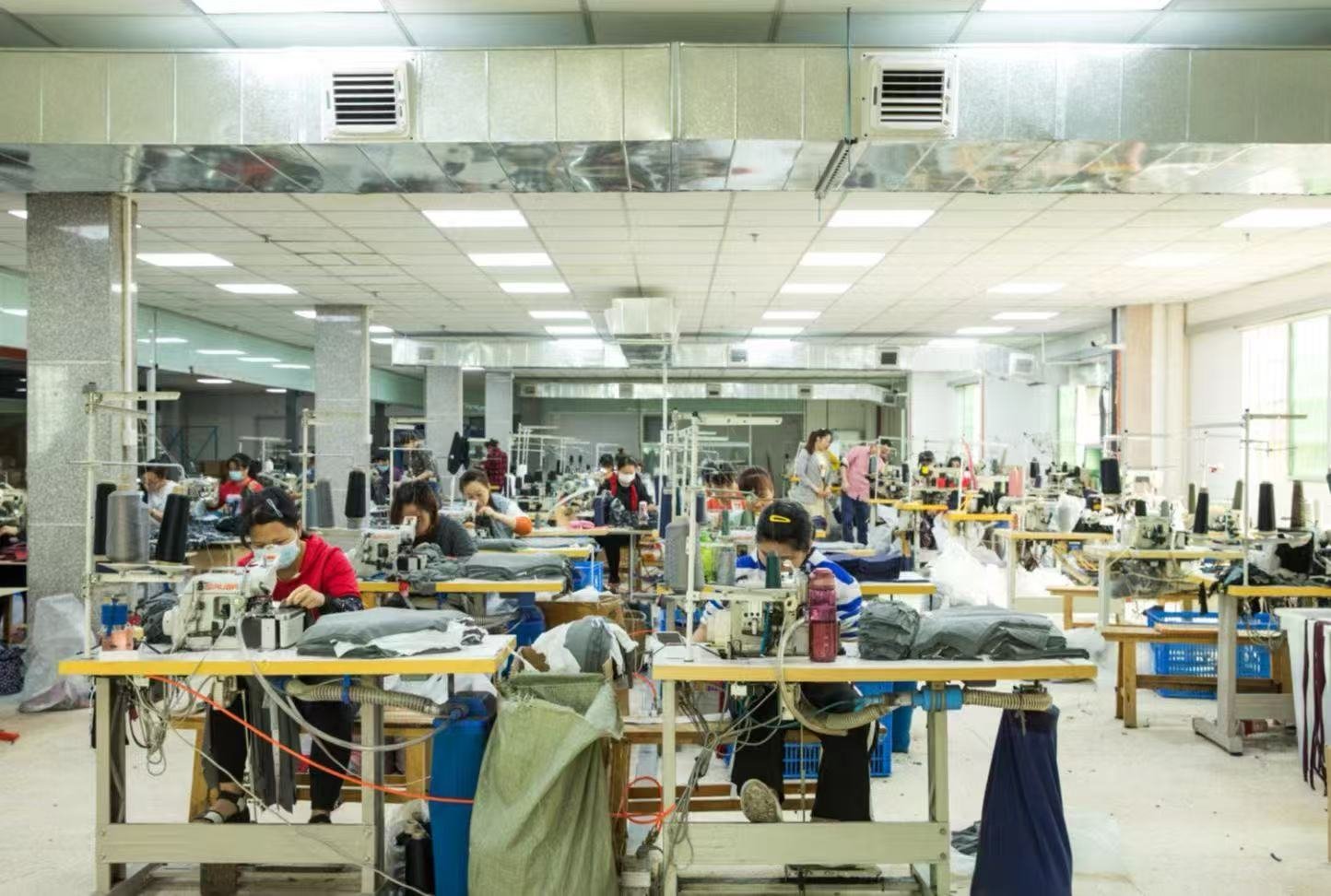
5. Raw Material Procurement Requirements
In the underwear industry, most fabrics are custom woven and dyed, not taken from stock.
Fabric mills usually have their own MOQ, enough to make thousands of pieces.
Waistbands with jacquard logos also require a minimum order quantity.
Small orders may incur extra dyeing fees, machine setup fees, or small-batch surcharges, all of which increase costs.
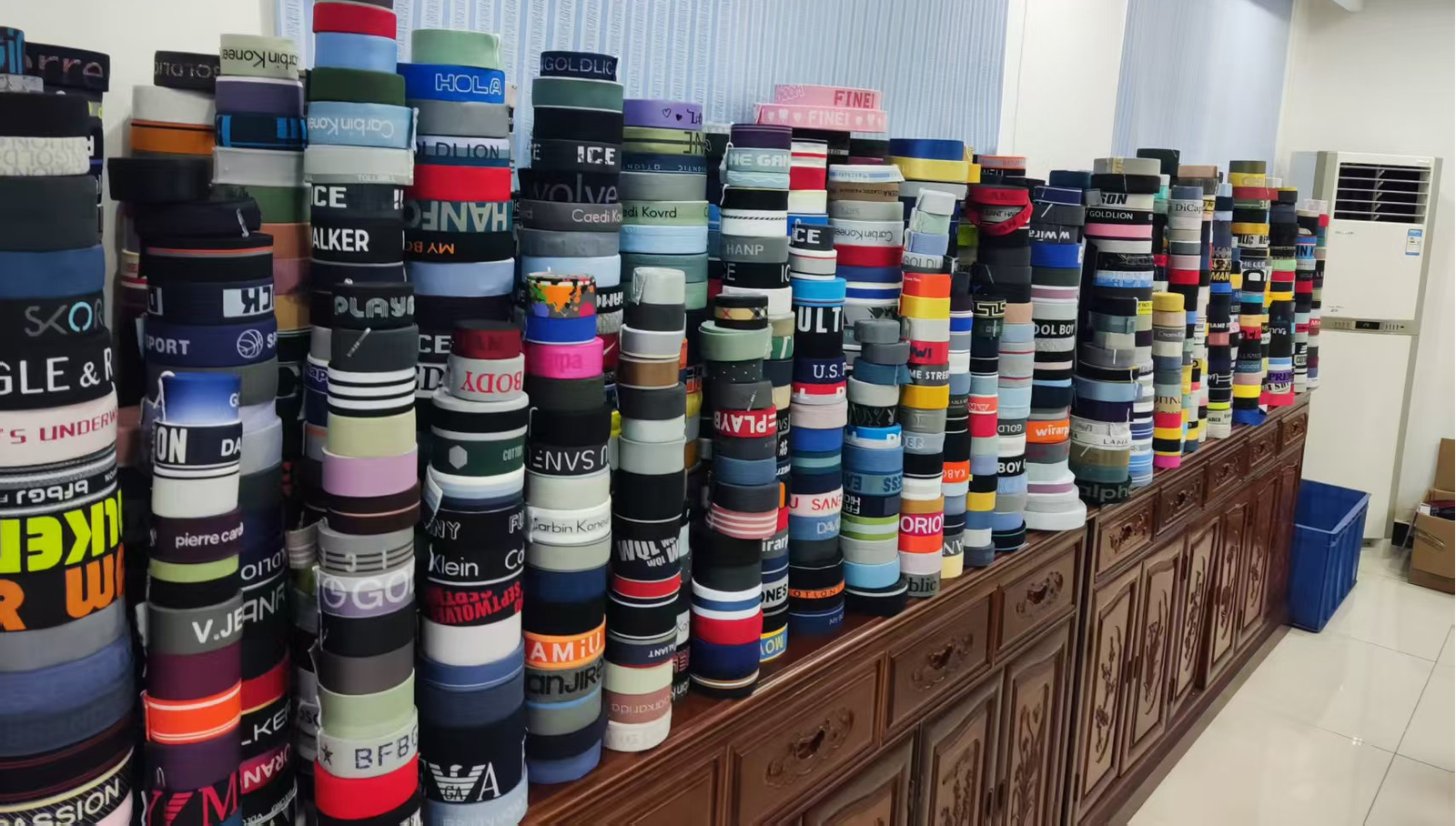
6. Complex Production Process
Underwear production involves more specialized machinery and sewing processes compared to outerwear.
Workers are usually trained in a single skill, which means more workers are required overall.
The cost per unit increases when the production volume is small.
7. Quality Control and Worker Efficiency
Maintaining consistent quality requires workers to reach a certain level of proficiency.
For small orders, workers must slow down to maintain accuracy, which further increases unit costs.
By the time workers become efficient, the order is finished, wasting training and adjustment efforts.
8. Packaging Costs
Packaging suppliers also have their own MOQs.
For small orders, they may charge extra for molds, setup fees, and design costs.
These expenses are often passed on to the factory, raising the customer’s unit price.
As a result, the smaller the order, the higher the cost per piece, reducing the likelihood of a successful deal.
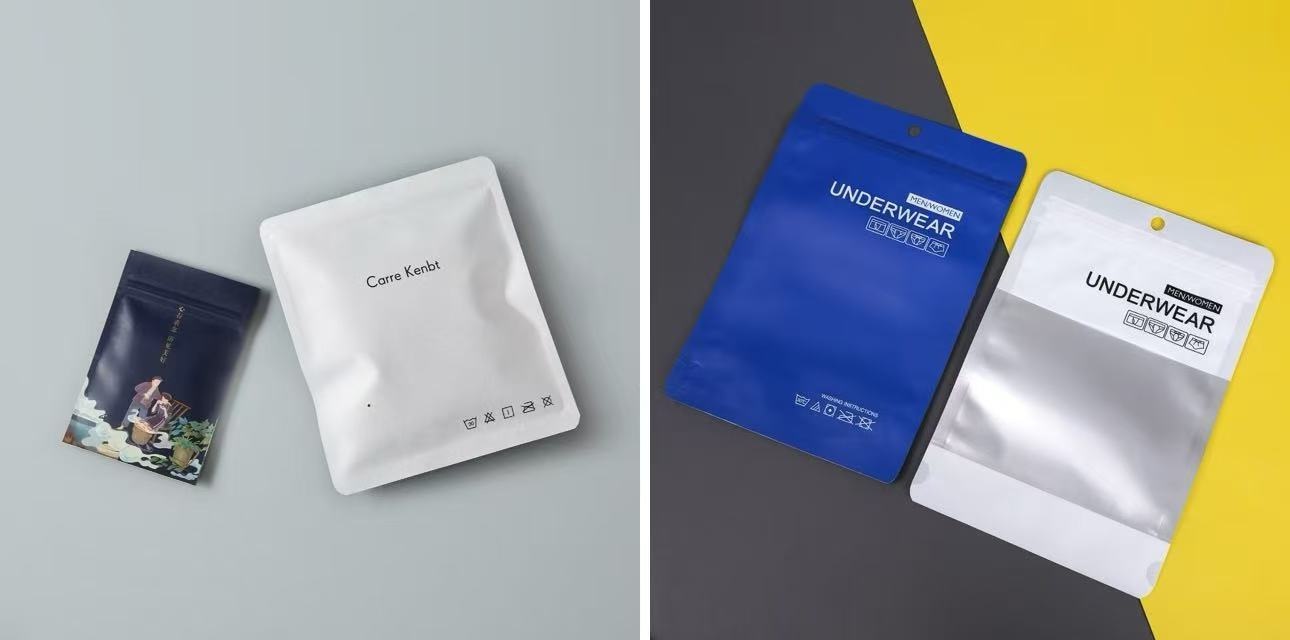
Conclusion: MOQ Is a Barrier but Also a Protection
In summary, the high minimum order quantity in custom underwear production is not just a challenge—it also acts as a business entry barrier.
It prevents unprepared entrepreneurs from entering the market without sufficient resources.
At the same time, it protects serious business owners by ensuring higher quality, more stable supply, and better overall competitiveness.
So while the requirement of producing thousands of pieces may seem intimidating, it is a necessary standard in the underwear industry to guarantee both cost efficiency and product quality.

